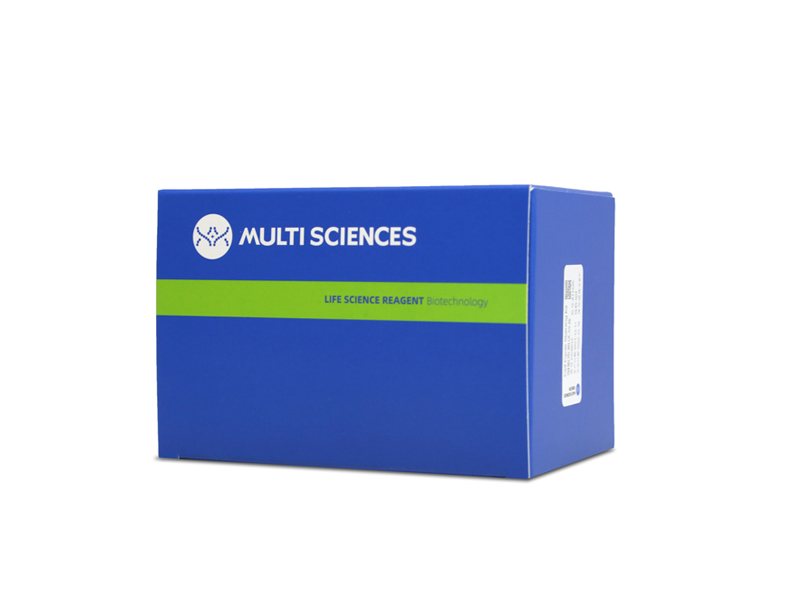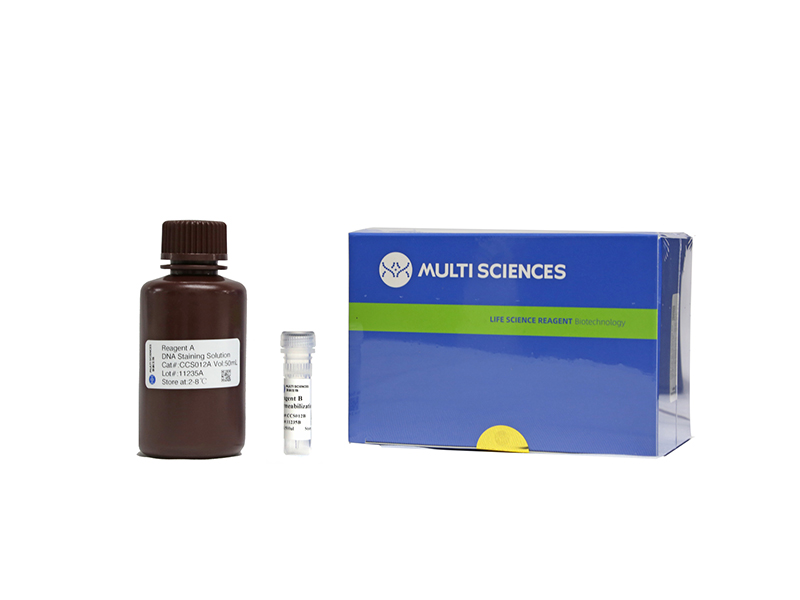In breast cancer, cell-free DNA (cfDNA) has been proven to be a diagnostic and prognostic biomarker. However, there have been few studies on the origin and biological significance of cfDNA. In this study, we assessed the release pattern of cfDNA from breast cancer cell lines under different culture conditions and investigated the biological significance of cfDNA. The cfDNA concentration increased rapidly (6 h) after passage, decreased gradually, and was then maintained at a relatively stable level after 24 h. In addition, the cfDNA concentration did not correlate with the amount of apoptotic and necrotic cells. Interestingly, if more cells were in the G1 phase, more cfDNA was detected (p < 0.01) and the cfDNA concentration correlated positively with the percent of cells in the G1 phase (p < 0.05). We observed that cells could release cfDNA actively, but not exclusively, via exosomes. Furthermore, we showed that cfDNA could stimulate hormone receptor-positive breast cancer cell proliferation by activating the TLR9-NF-κB-cyclin D1 pathway. In conclusion, cfDNA is released from breast cancer mainly by active secretion, and cfDNA could stimulate proliferation of breast cancer cells.
文章引用产品
-
-
- CCS012 1190 Citations
- 周期试剂盒
Cell Cycle Staining Kit 细胞周期检测试剂盒
-
¥390.00
-
- CCS012 1190 Citations
- 周期试剂盒
Cell Cycle Staining Kit 细胞周期检测试剂盒
- ¥390.00



